South West Sydney Health inquiry: finds historic underfunding', calls for Aerotropolis hospital
An inquiry into health across south west Sydney has demanded a new hospital be built in the Aerotropolis while calling for major improvements to hospitals.
Liverpool
Don't miss out on the headlines from Liverpool. Followed categories will be added to My News.
A scathing parliamentary review into south west Sydney health has found hospital services across the booming region have “experienced historic underfunding from successive governments”, with inquiry chair Greg Donnelly calling on the NSW Government to conduct a complete overhaul of funding models to service the growing community.

The inquiry into health provisions for south west Sydney hospitals — which has been comprehensively chaptered by NewsLocal and The Daily Telegraph’s Great Divide Campaign — echoed concerns from the patients and the health community.
Mr Donnelly has called for increased staffing levels for struggling clinicians and the government to secure land for a future health precinct in the Western Sydney Aerotropolis, which could specialise and “expand on children’s services to meet the needs of south west Sydney”.
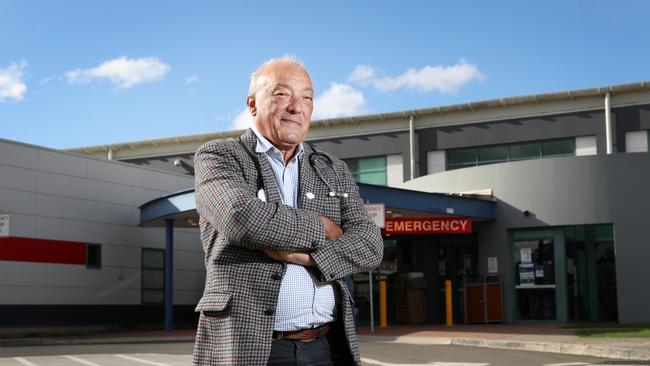
“Those who live in south west Sydney firmly believe, as they are entitled to, that they should have ready access to the same health services that are available to those who reside in other parts of the greater Sydney metropolitan area, particularly in the north and the east,” Mr Donnelly said.
“There is no doubt that the residents of south west Sydney are of the view that there has been, both in the past and currently, an inequitable treatment by governments of their health needs (compaired to) the rest of the greater Sydney metropolitan area.
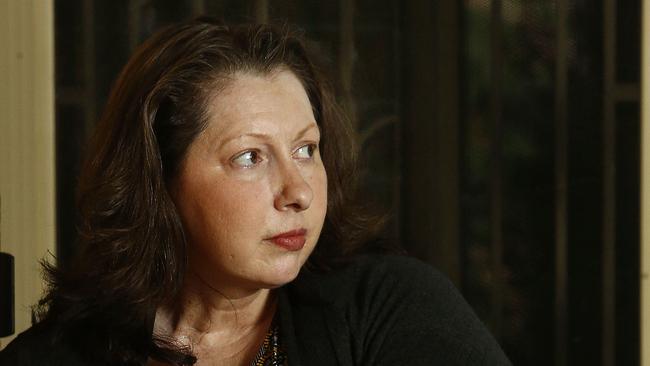
“We heard that south west Sydney’s health services were historically, and unfairly, under-resourced even before the recent population growth saw demand for them surge.”
The parliamentary inquiry also heard south west Sydney was “provided lower overall funding and lower numbers of health workers per capita than most other parts of Sydney”, according to the inquiry chair.
“There was evidence presented to the inquiry that examined features of the region including
cultural and linguistic diversity, socio-economic disadvantage, rates of disability and low private health insurance coverage,” he said.
“There was evidence of gaps in services leaving some patients from south west Sydney waiting longer, or travelling further for essential health care than if they were living in other parts of the greater Sydney metropolitan area.”
THE GREAT DIVIDE — SYDNEY’S HEALTH CRISIS
Part One: south west patients funded $800 less per person than Sydney residents
Part Two: south west patients forced to travel hours for treatment
Part Three: leaders are calling for a new hospital at Aerotropolis
Part Four: 24,000 new medical students needed to fight west’s growth
Part Five: Patients waiting 300 days for surgery in south west Sydney
Part Six: south west teens shock youth suicide numbers as specialist staff numbers revealed
Part Seven: Claims health department removed beds from state’s busiest EDs
Part Eight: Where mini-metro hospitals will be built across Sydney
Part Nine: Kids enduring 18-month wait times for paediatric services
Part Ten: Hospital staff reveal hospital horror stories in calls for funding
Part Eleven: ‘Young doctors committing suicide over workloads’, inquiry hears
Part Twelve: NSW Government delisted land earmarked for hospital
Part Thirteen: NSW Health failed to assess hospital development projects
Part Fifteen: Blacktown Hospital baby deaths: more obstetricians committed, emergency theatre opens
Mr Donnelly called for the NSW Government to “immediately review funding methodology” for the health district to ensure fair allocation of resources for growth areas.
“The funding methodology should ensure health funding keeps pace with population growth and accounts for higher health risk profiles”, he said in his report on the besieged health district.
He also called for the NSW Government and South Western Sydney Primary Health Network and the Commonwealth Government to reinstate a 24 hour GP clinic in order to reduce pressures on the emergency department and local general practitioner clinics.
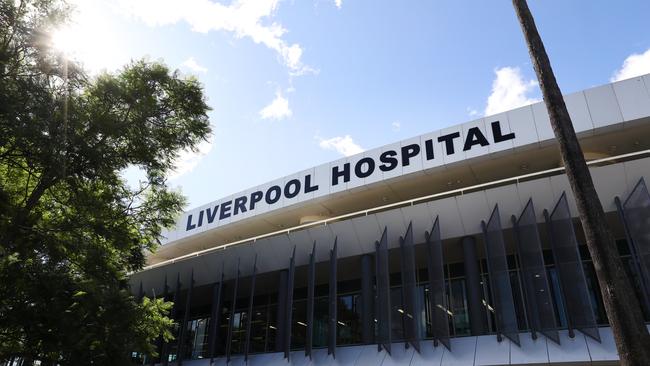
When it came to individual hospitals, Mr Donnelly and his committee called for enhanced radiology and ultrasound services after hours at Liverpool, as well as “enhanced resources for emergency surgery” and the government to immediately fill vacant positions and increase the number of junior doctors at the hospital.
Meanwhile, at Campbelltown Hospital the committee called for NSW Health to immediately fill vacant positions within the emergency department, psychologists in the adolescent mental health unit and midwife positions, also calling for the government to examine the proposal of establishing paediatric surgery and other paediatric subspecialties at the hospital.
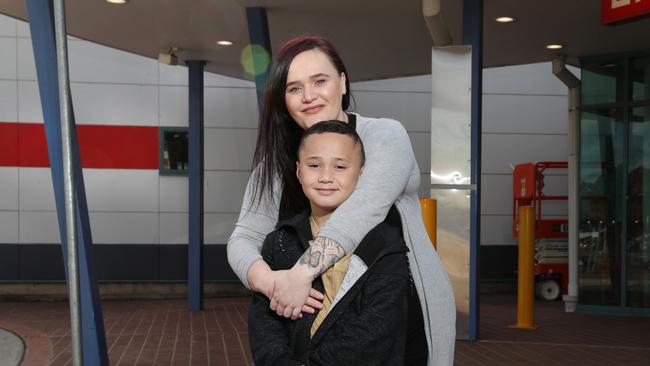
At Fairfield, concerns around the need for additional operating theatres, improvement of theatre equipment and enhanced the kidney dialysis treatment were recommended.
In response to submissions made in April, a NSW Health representative said capital expenditure is “cyclical and generally informed by a 10 year planning horizon to allow flexibility to respond to changes in how health services”.
“It therefore does not directly correlate to population growth,” the spokeswoman said.
“The population increase for SWSLHD between 2011-12 to 2018-19 was 14.28 per cent. This
corresponds to an average growth rate of 1.93 per cent each year.
“In recognition of this growth and projected future growth in south western Sydney, major capital investment completed, in progress and announced in the region includes the Liverpool Hospital Redevelopment - $397 million (completed in 2012), Campbelltown Redevelopment Stage 1 — $134 million (completed in 2016), Bowral Hospital Redevelopment — $124 million (first stage due for completion in 2020), Campbelltown Hospital Redevelopment Stage 2 — $632 million (commenced 2019 and to be delivered in stages over a five-year period), Liverpool Health and Academic Precinct — $740 million (due for completion in 2026), Bankstown Hospital Redevelopment $1.3 billion (announced in 2019) and the Liverpool, Leppington and Bonnyrigg new and expanded ambulance stations, completed under the Sydney Metropolitan Ambulance Infrastructure (SAMIS) program — $184 million for Sydney (completed in 2018).
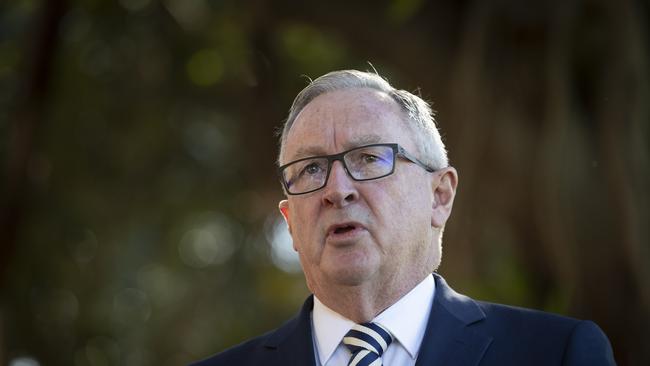
A NSW Health spokeswoman told NewsLocal the department would “carefully consider the
recommendations made in the report published today”.
“Providing quality health services in the south-west Sydney growth region now and
into the future is a key focus for NSW Health,” she said.
“Significant investment has been made in ensuring the equitable distribution of funds
across NSW Health local health districts and networks. The funding model is robust
and considers aspects such as historical activity, population growth and differing
demographics within population groups.
“With almost $3 billion also committed to hospital redevelopments in the LHD, along
with research and innovative health care strategies, South Western Sydney LHD is
extremely well positioned to serve the health care needs of the growing community.”
Shaddow Health spokesman Ryan Park said the inquiry issued “damning findings for the government”.
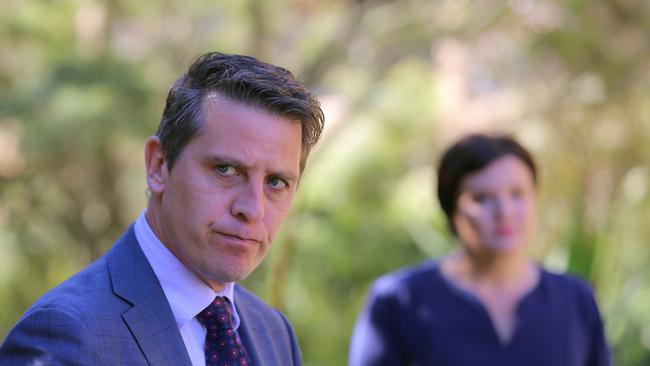
“It is quite clear south west Sydney residents are getting a second rate health system,” he said.
“Less money, fewer services and less staff are provided to one of the fastest-growing regions in NSW.
“These are damning findings that highlight the grave concerns of people in South West Sydney — the government must increase funding and address these shortfalls laid out in the inquiry’s recommendations.”
Health Minister Brad Hazzard has until mid-2021 to respond to the findings.
Mr Hazzard has been contacted, but is yet to respond to questions.



